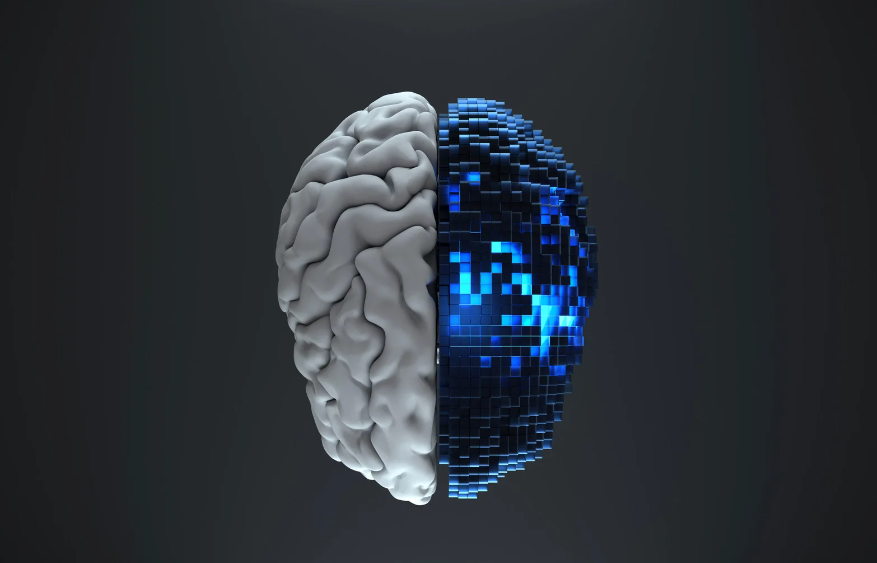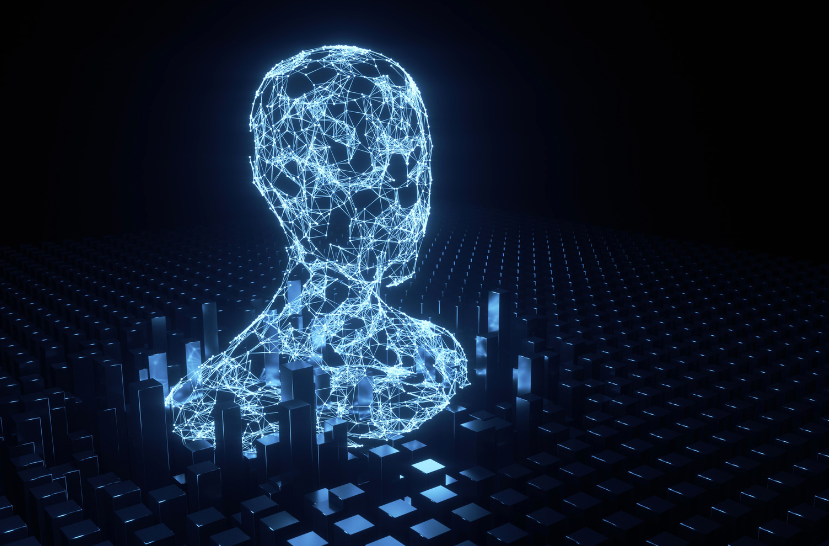Last Article’s Recap on this topic: OpenAI’s GPT-4 is revolutionizing artificial intelligence with its ability to self-reflect and improve. Capable of understanding complex queries and generating human-like text, GPT-4’s most intriguing feature is its capacity to analyze and learn from its own mistakes, enhancing its overall performance. Tested in real-world scenarios, GPT-4’s self-improvement is a pivotal step toward achieving artificial general intelligence (AGI) and has wide-ranging implications across industries, including law, medicine, education, and entertainment.
How GPT-4’s Self-Prompting can be Revolutionary, and AutoGPT along with MemoryGPT are Game Changers
Artificial intelligence (AI) has undergone a rapid transformation in recent years, and GPT-4, the latest language model developed by OpenAI, is at the forefront of this revolution.
But what if we told you that GPT-4 has taken a quantum leap forward by doing something that was once thought to be the domain of human intelligence alone: the ability to prompt itself and autonomously complete tasks?
That’s right, welcome to the era of self-prompting AI with AutoGPT and MemoryGPT!
Picture this: you give an AI model a mission, and it proceeds to delegate tasks to itself, coming up with its own prompts and carrying out those tasks with minimal human intervention.

GPT-4, with its self-prompting capabilities, is doing just that. AutoGPT, powered by GPT-4, can engage in a “Chain of Thought” process, where it reflects, prompts, and acts autonomously to achieve its goals. The implications of this technology are nothing short of mind-boggling.
A Conversationalist with a Memory
Until recently, language models like GPT-4 could only provide responses based on the context of the current conversation. But what if your AI assistant could remember your previous conversations and use that knowledge to provide more personalized and accurate responses?
Enter MemoryGPT, the long-term memory add-on to ChatGPT.
https://www.youtube.com/watch?v=6NoTuqDAkfg&t=329s
“The video above is from a YouTube Channel known as “AI Explained” and All Rights belong to its respective owners.”
MemoryGPT is like having a friend who remembers everything you’ve talked about in the past. It has the ability to recall previous interactions and use that information to provide a more cohesive and continuous conversation experience. Imagine the possibilities when models like GPT-4 can remember everything from your favorite movie to the details of your last project!
The Autonomous Code Writer and Taskmaster
AutoGPT is not just a self-prompting marvel; it’s also a code-writing and task-accomplishing machine. With the ability to write its own code and execute scripts, AutoGPT can recursively debug and develop software. This means that it can continuously improve and optimize its own code an ability that has far-reaching implications for the software development industry.
The use cases for AutoGPT extend beyond code writing. For example, suppose you’re a digital nomad looking for the best travel destinations. AutoGPT can search the web, extract relevant information, and consolidate that data into a handy CSV file, all while providing you with real-time voice updates. It’s like having your own personal researcher and assistant rolled into one!
Impact and Implications
The emergence of self-prompting AI, as exemplified by GPT-4, AutoGPT, and MemoryGPT, signals a paradigm shift in the Artificial Intelligence landscape. While the models are not yet at the level of human-like intelligence, their ability to perceive, think, and act autonomously is a significant milestone.
For businesses, the impact of self-prompting Artificial Intelligence could be transformative; from automating research and data analysis to streamlining software development processes, AutoGPT has the potential to revolutionize workflows and improve efficiency.
Moreover, MemoryGPT’s long-term memory capability opens the door to more personalized and interactive Artificial Intelligence experiences. Whether it’s customer service chatbots or Artificially Intelligent powered virtual assistants, MemoryGPT could enhance user interactions by providing context-aware and memory-informed responses.
However, with great power comes great responsibility. The potential for Artificial Intelligence to cause harm or be misused is ever-present. There have been instances where people have attempted to use AutoGPT for malicious purposes, such as causing chaos and destruction. While these attempts have been unsuccessful, they serve as a blunt reminder of the need for robust safety measures and ethical considerations in AI deployment.

In the same vein, as AI systems like AutoGPT attempt to optimize and improve themselves recursively, there is a need for vigilance in ensuring that these models do not go down dangerous or unintended paths. The idea of AI improving itself may evoke images of a runaway intelligence explosion, but with diligent safety protocols, we can harness this capability for the greater good.
One ambitious endeavor in the AI world is the development of Claude-Next by the creators of Claude at Anthropic; with a staggering $5 billion plan, Claude-Next aims to be ten times more capable than GPT-4, potentially automating large portions of the economy. While some may question the feasibility of such an ambitious goal, proponents of the Singularity believe that superintelligences designing increasingly powerful minds could lead to rapid advancements.
The Creative Potential of Self-Prompting AI

The creative potential of self-prompting is not limited to task completion and code writing.
In an intriguing experiment, users created two Artificially Intelligent chatbots, one modeled after Aristotle and the other after Nikola Tesla, and had them engage in a virtual debate. The result was a captivating conversation, showcasing the ability of Artificially Intelligent models to adopt personalities and simulate meaningful interactions.
In another playful experiment, a user created an AI chatbot with the personality of an impatient French film director with a pet parrot. Through creative interactions, the user was able to experience the delightful quirks of this Artificially Intelligent persona, further demonstrating the potential for Artificial Intelligence to entertain and engage users in novel ways.
Jarvis and Hugging GPT
The self-prompting capabilities of GPT-4 are not the only advancements in Artificial Intelligence. Microsoft’s Jarvis, based on Hugging GPT, is an AI model that delegates tasks to other Artificially Intelligent models on the Hugging Face platform. When faced with a challenge, such as generating an image with specific characteristics, Jarvis analyzes the request, collaborates with other models, and produces a coherent output.
This ability to cooperate with other AI models and produce composite results hints at the future of Artificial Intelligence as an interconnected ecosystem. Jarvis exemplifies the potential for AI systems to work in tandem, bringing together diverse skills and expertise to accomplish complex tasks.
In Conclusion
As we journey into the future of AI, GPT-4’s self-prompting capabilities, along with AutoGPT and MemoryGPT, serve as beacons of progress and potential. From automating tasks and writing code to simulating philosophical debates and creative interactions, the possibilities are boundless.
While there are challenges and ethical considerations to be addressed, the road ahead is paved with exciting opportunities. With the right approach, we can harness the power of self-prompting AI to transform industries, enhance user experiences, and unlock new frontiers of creativity and innovation.
As GPT-4 continues to prompt itself and explore new horizons, we can’t help but be enthralled by the sheer ingenuity and brilliance of Artificial Intelligence. In this ever-evolving landscape, we eagerly anticipate the next leaps and bounds that AI will take, and we invite you, the reader, to join us on this exhilarating adventure.
Disclaimer
The views and opinions expressed by the author, or any people mentioned in this article, are for informational purposes only, and they do not constitute financial, investment, or other advice.
Relevant Articles:
OpenAI Unexpected $100 Trillion: Sam Altman’s Vision & more

